Here are some ideas for easy recipe swaps to make your favorites a little healthier! Typically, making some of these swaps doesn't alter the taste of the recipe much, but can add important nutrients and cut back on others like saturated fats and sugars.
Tips for healthy recipes
When I make myself or my family a meal, I think about a few things:
- Balancing my plate. I try to fill my plate half full of veggies or veggies & fruit. The other half is split between a whole grain or other carb like sweet potatoes and a lean meat, eggs or seafood.
- Making sure I am including nourishing foods that will fill me up and keep me satisfied. These include foods that are high in fiber, healthy fats, and protein as well as vitamins and minerals.
- The obvious. Taste! I definitely don't want to sacrifice taste for nutrition. And you don't have to. Eating healthy can truly be delicious.
- If you are trying to eat healthier, you can still make your favorite recipes! Just make some healthy recipe swaps.
Below are some examples!
Healthy Recipe Swap 1: swap out simple carbs for complex carbs
Carbohydrates are your body's primary source of energy and they are also your brain's preferred energy source so they are an important component of a healthy overall dietary pattern. By choosing complex carbs, you'll get more dietary fiber to keep you full for longer and support your gut health!
Instead of: simple carbs
Use: complex carbs
Simple carbs include white sugar, many baked goods, white crackers, breads, pastas and rice as well as many breakfast cereal and chips.
Complex carbs are the ones higher in fiber so they digest slower and keep you full for longer. Plus, fiber is great for your overall health and gut health and it helps to regulate your blood sugars. Think of things like whole grains, brown rice, quinoa, oatmeal, and beans, legumes and vegetables or fruit.
Whereas simple carbohydrates will cause a quick glucose spike and ultimately a dip in blood sugar, complex carbohydrates will raise blood sugars slower and more steadily to give you energy to get through an afternoon dip! Below are some examples of this healthy recipe swap.
Examples
- Swap white rice with brown rice or quinoa
- Swap white pasta with whole grain, chickpea, or lentil pasta
- Swap white flour for whole grain flour, almond flour, or oat flour
- You can also replace pasta with zoodles (zucchini noodles). Or do a half & half mix of pasta and zoodles.
Healthy Recipe Swap 2: swap out mayo for Greek yogurt.
Mayo tends to be high in saturated fats which can contribute to heart disease. I like to use 2% or nonfat Greek yogurt as a substitution! If I do add mayo, I'll use just a tablespoon added to the Greek yogurt.
Healthy Recipe Swap 3: swap out high fat, high calorie salad dressings
Salad dressings tend to be pretty high in calories, saturated fat, and sodium.
Sometimes people think by having a salad they are automatically making the healthy choice, but unfortunately that's not always true! You can easily stack up the calories in a salad when it's topped with stuff like croutons, cheese, and a heavy dressing.
Instead, make the healthy recipe swap of opting for a dressing with an olive or avocado oil base because these oils are both high in the good kind of fats!
Examples
- Use oil and vinegar for salad dressing instead of bottled dressing. Opt for olives high in oleic oils like olive oil, avocado oil, or sunflower oil. These high oleic oils aren't heart healthy options! But oil isn't low calorie so if you are cutting calories, you may consider a different option.
- Squeeze some fresh lemon juice on top of your salad. This way you are not just getting the fresh flavor, but some vitamin C too! And since you have the flavor from the lemon you can do a bit less dressing.
In conclusion
There are a lot of ways you can customize your meals, including recipes, to make them healthier and help meet whatever your individual goals are. I love making healthy recipe swaps that add nutrients like more fiber and vitamins and minerals. This is because it is important to have nourishing meals that include a wide variety of nutrients. And fiber helps keep you full for longer and helps your gut health too! It also helps with blood glucose regulation.






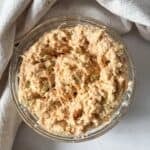



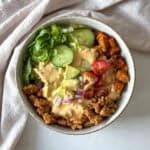
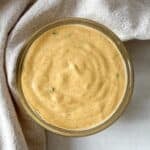
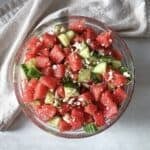


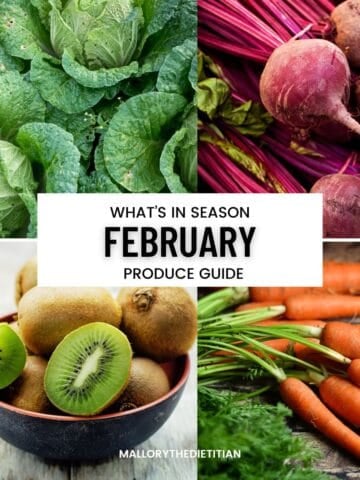

Comments
No Comments